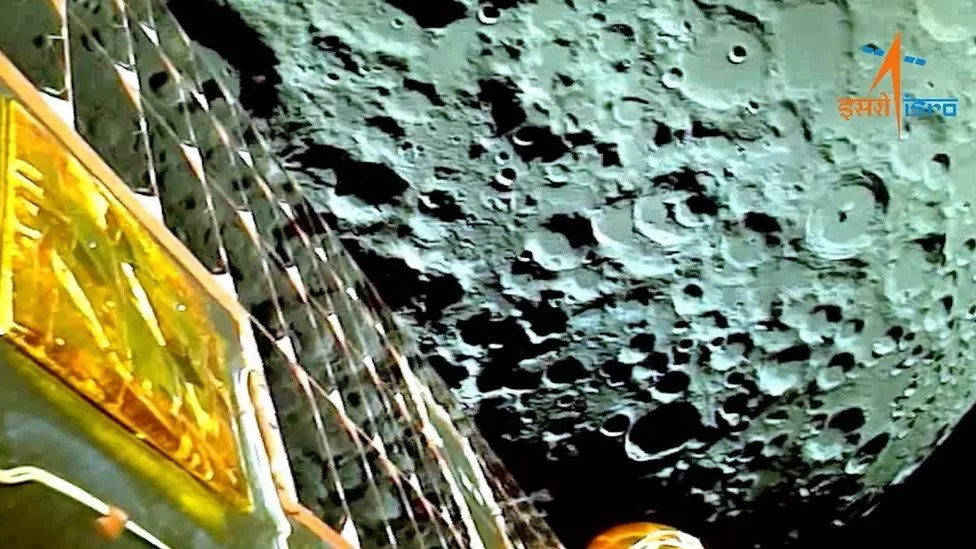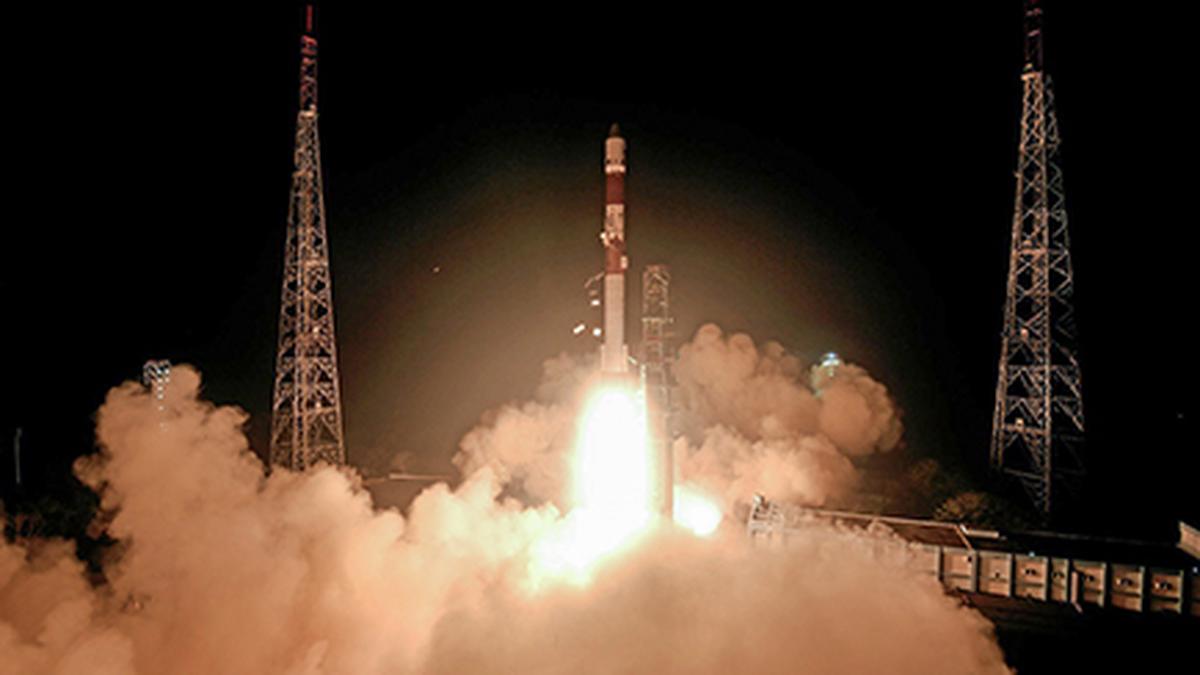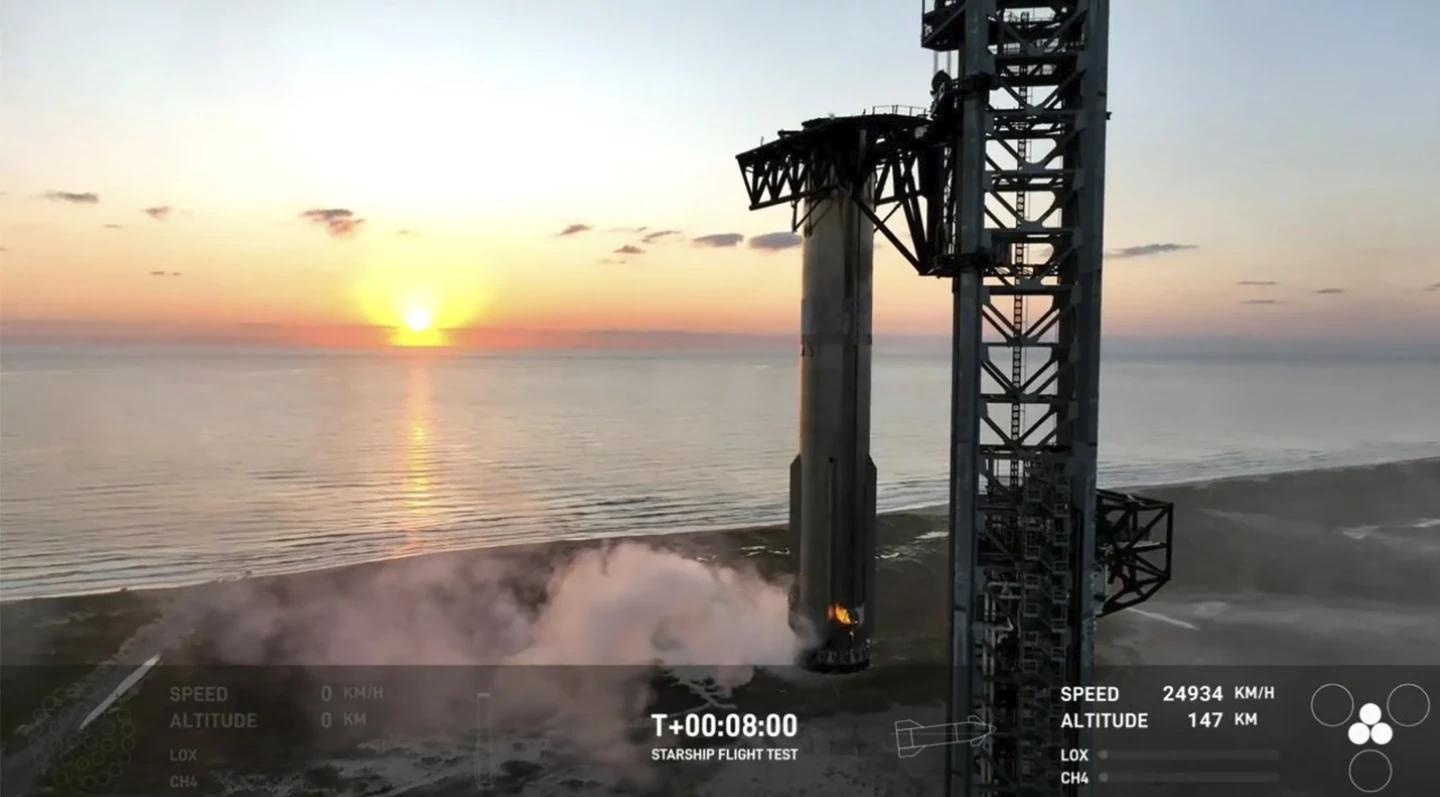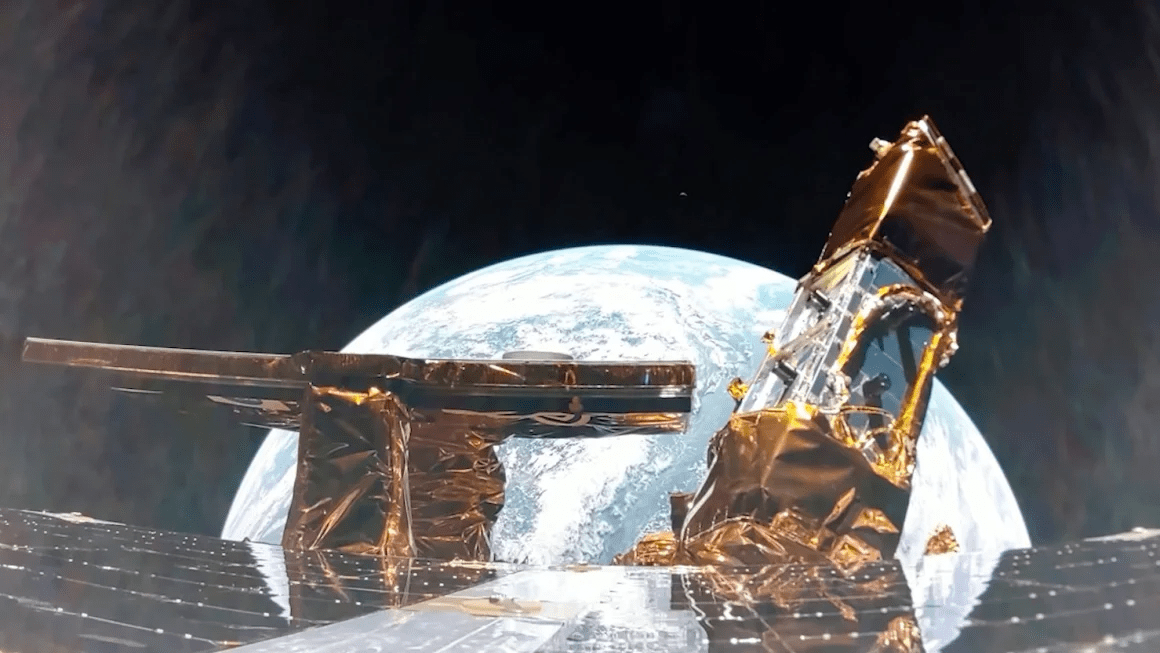Chandrayaan-3: Indian lunar mission inches closer to Moon
 A series of images sent by Chandrayaan-3 show the craters on the lunar surface getting larger and larger as the spacecraft gets closer.
A series of images sent by Chandrayaan-3 show the craters on the lunar surface getting larger and larger as the spacecraft gets closer.
Aug 17: India's third lunar mission is inching closer to the Moon's little-explored south pole where it aims to set down a lander and rover on 23 August.
On Thursday, the lander will detach from the propulsion module, which carried it close to the Moon, and "they will begin their separate journeys".
Chandrayaan-3, however, may not be the first to land on the south pole if it's beaten by a new Russian mission.
Luna-25, launched last week, is expected to land a day or two earlier.
If the Russian spacecraft - its first Moon mission after nearly half a century, when Russia was part of the Soviet Union - is successful in making a soft landing on the 21st or 22nd of August as planned, Chandrayaan-3 will have to settle for being a close second.
India, however, will still be only the fourth country to achieve a soft landing on the Moon after the US, the former Soviet Union and China.
Russia launched Luna-25 on 10 August but propelled by the much more powerful Soyuz rocket, it escaped the Earth's gravity in no time and reached lunar orbit on Wednesday, the Russian space agency Roscosmos announced.
Chandrayaan-3 was launched on 14 July, but it went around the Earth a few times before entering the lunar orbit on 5 August. The spacecraft has been orbiting the Moon since then while preparing for the landing.
The two missions aiming for the Moon are being described by many as a "mini space race".
The Indian Space Research Agency (Isro), however, told the BBC it's not a race and the two nations will have a new 'meeting point' on the Moon.
"Isro has never been in any race right from the day one of its inception in 1960s," an Isro spokesman told me.
"We planned the mission based on the readiness of the spacecraft and the available technical window to reach the far side of the Moon. Luna-25 is also a mission planned a long time ago. They also must have some technical considerations, which we don't know precisely," he said.
Chandrayaan-3, the third in India's programme of lunar exploration, is expected to build on the success of its earlier Moon missions.
It comes 13 years after the country's first Moon mission in 2008, which discovered the presence of water molecules on the parched lunar surface and established that the Moon has an atmosphere during daytime.
(BBC)










Leave Comment